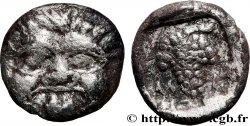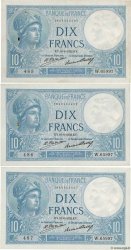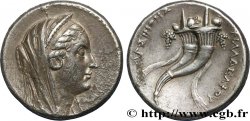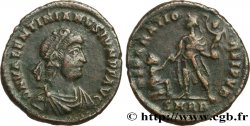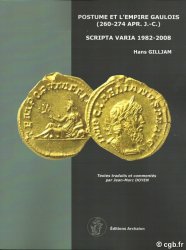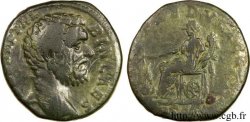You must signin and be an approved bidder to bid, LOGIN TO BID. Accounts are subject to approval and the approval process takes place within 48 hours. Do not wait until the day a sale closes to register. Clicking on "BID" constitutes acceptance of the terms of use of cgb.fr private live auctions.
Bids must be placed in whole Euro amounts only. The sale will start closing at the time stated on the item description; any bids received at the site after the closing time will not be executed. Transmission times may vary and bids could be rejected if you wait until the last second. For further information check the Live auction FAQ
All winning bids are subject to a 18% buyer’s fee.
All winning bids are subject to a 18% buyer’s fee.
| Estimate : | 2 500 € |
| Price : | 1 500 € |
| Maximum bid : | 1 500 € |
| End of the sale : | 14 March 2017 14:04:50 |
| bidders : | 1 bidder |
Type : Statère
Date: c. 411/410 -398/397 AC.
Mint name / Town : Maronée, Thrace
Metal : silver
Diameter : 24 mm
Orientation dies : 9 h.
Weight : 12,81 g.
Rarity : R3
Coments on the condition:
Exemplaire sur un flan ovale et irrégulier bien centré des deux côtés. Joli droit. Revers bien venu à la frappe, légèrement taché. Patine de collection avec des reflets dorés. A été nettoyé anciennement
Catalogue references :
Obverse
Obverse legend : ANÉPIGRAPHE.
Obverse description : Cheval libre galopant à gauche ; au-dessus du dos, un astre à huit rais.
Reverse
Reverse description : Quatre grappes de raisin sur un cep de vigne dans un carré linéaire.
Reverse legend : MA/RW/NIT/EWN
Reverse translation : (Posideos).
Commentary
Un seul exemplaire signalé, non photographié pesant 12,63 g, publié par Kadlec, NZ 47, 1914, p. 29, pl. 1/104. De la plus grande rareté. Semble être le second exemplaire recensé pour cette variété.
A single specimen reported, not photographed, weighing 12.63 g, published by Kadlec, NZ 47, 1914, p. 29, pl. 1/104. Of the greatest rarity. Appears to be the second specimen recorded for this variety
A single specimen reported, not photographed, weighing 12.63 g, published by Kadlec, NZ 47, 1914, p. 29, pl. 1/104. Of the greatest rarity. Appears to be the second specimen recorded for this variety







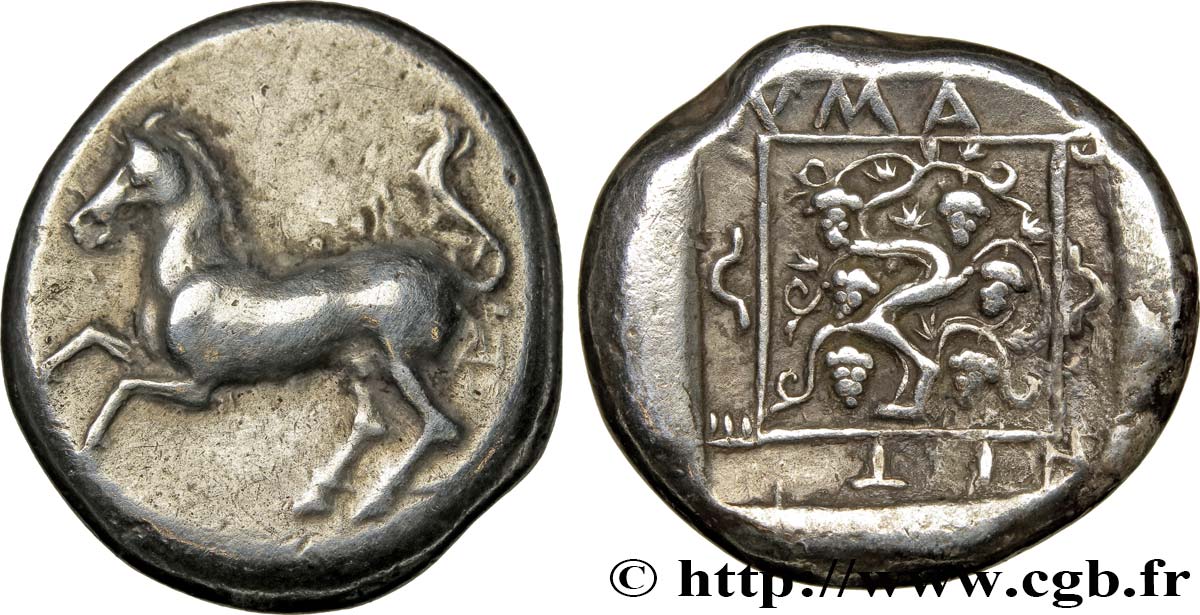
 Report a mistake
Report a mistake Print the page
Print the page Share my selection
Share my selection Ask a question
Ask a question Consign / sell
Consign / sell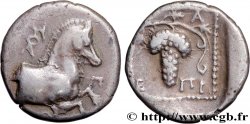
 Full data
Full data


